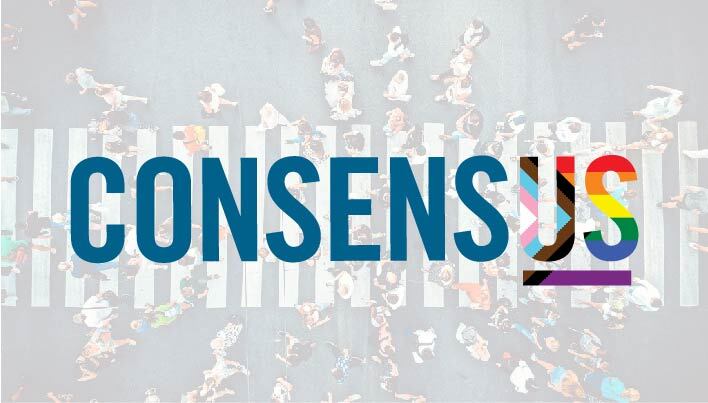I tossed and turned in my Los Angeles apartment ten years ago. I couldn’t sleep after falling down a Facebook rabbit hole. It had been a particularly difficult time on the timeline, with brutal news of LGBTQ suicides and scary stories of gay-bashing hate crimes. I rolled out of bed, grabbed my laptop, and began to write my way out of my head. What resulted was an attempt to humanize the social media debates on current events centered on the LGBTQ community. A few days later, I published my first article on Huffington Post, which somehow went viral.
Even though it was June, the traditional month for gay pride, few major brands were sporting rainbow logos (g)littering Facebook. Ten years ago, LGBTQ visibility was far from what it is today. Don’t Ask Don’t Tell had only just been repealed a year before. Only one month earlier, in May of 2012, President Barak Obama had publicly announced support for LGBTQ marriage equality. And, it would be another year until the U.S. Supreme Court would rule on two cases that would pave the way for marriage equality for LGBTQ Americans.
Now in 2022, ten years later, much has changed. In particular, the corporate and business world is dramatically different, thanks to increased visibility in corporate America and among the consumer public.
Companies are proving that they understand the impact of their decisions. And as corporate managers and executives, we are helping to achieve better outcomes for our employees, vendors, and stakeholders. Early on, corporate America led the way by providing partner benefits before regulatory requirements. Today, as some state governments target transgender Americans, with over 100 bills in state legislatures to ban trans youth in sports and 40 bills denying trans youth gender-affirming medical care, some corporations have been critical advocates.
These are generally not just talking points for insincere CSR marketing campaigns. Actual employees benefit from these policies. And while many of these companies can and should go further, particularly when it comes to their corporate political giving, we have seen meaningful change as a movement with the support of corporate America. Beyond corporate social responsibility and taking a stance on LGBTQ equality, we now have the added leverage of ESG investing, which furthers the case for equality-friendly companies.
ESG, still young and a work-in-progress, often feels more academic or theoretical than practical. But, as a former investment banker and now a business owner who works on the topic – and also happens to be gay – it is very real. It wasn’t so long ago that I was called a “f*g” by a superior and told I was not welcome at the company holiday party if I was going to bring a same-sex date. When fund managers and investors like you and I consider ESG as part of our investment decisions, we reward companies doing the right thing for their stakeholders. As Larry Fink, CEO of asset management firm Black Rock notes, “Ultimately, purpose is the engine of long-term profitability.” From working to mitigate climate change to supporting a diverse and healthy employee base to building transparency in governance, belief in the tenants of ESG indicates a stronger and healthier long-term vision for long-term returns.
This weekend, as I watch the corporate-sponsored parade floats roll down the streets of our capital, the rainbows and dancing mean more than a party.
To the LGBTQ+ employees, customers, vendors, and stakeholders who see their brands, these events offer hope and a promise that our lives and identities are valued. As a consumer, a business owner, an investor, and a stakeholder in countless organizations, ESG is more than just another acronym. Those letters represent a meaningful effort to positively impact on the lives of family, friends, coworkers, and all Americans.


